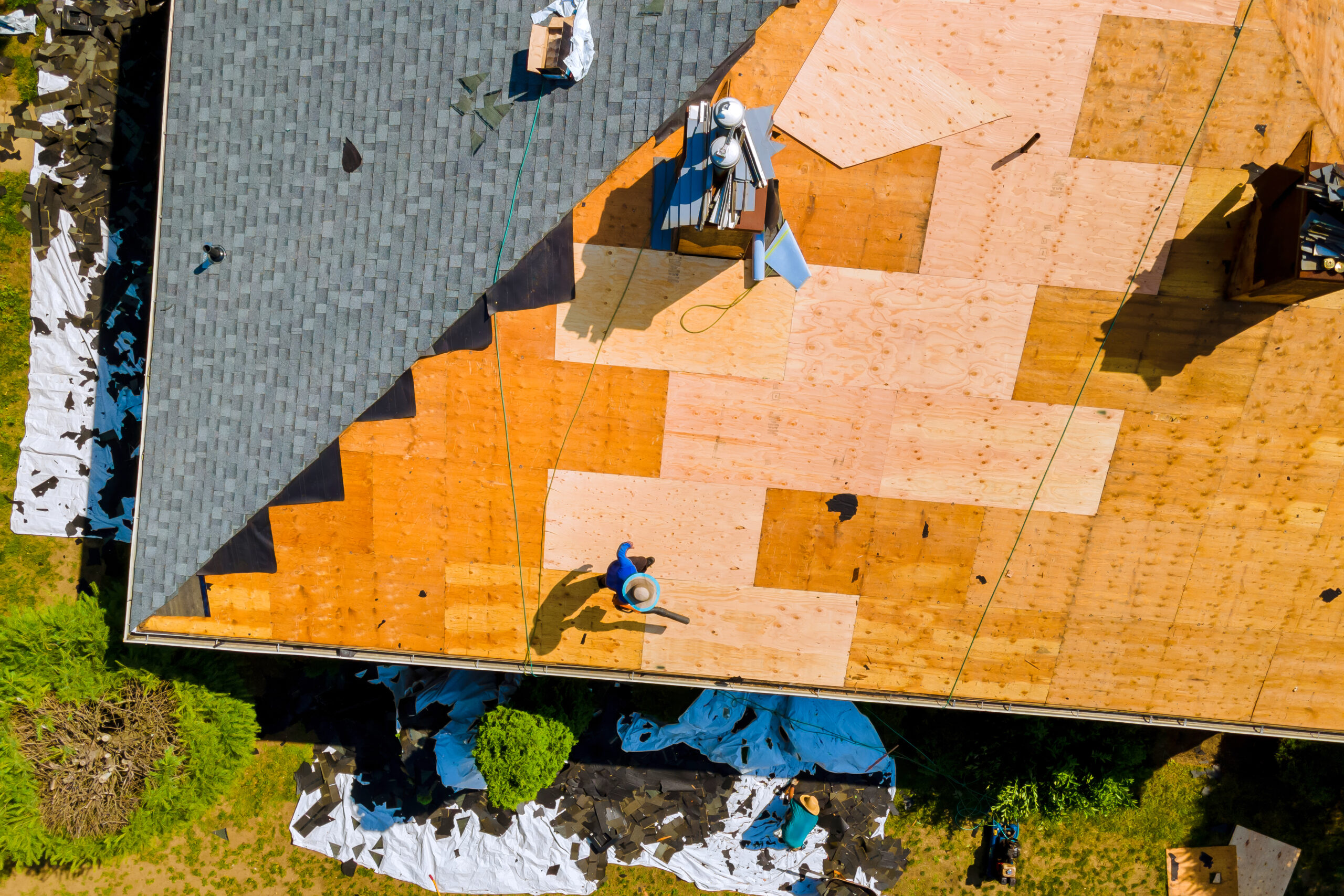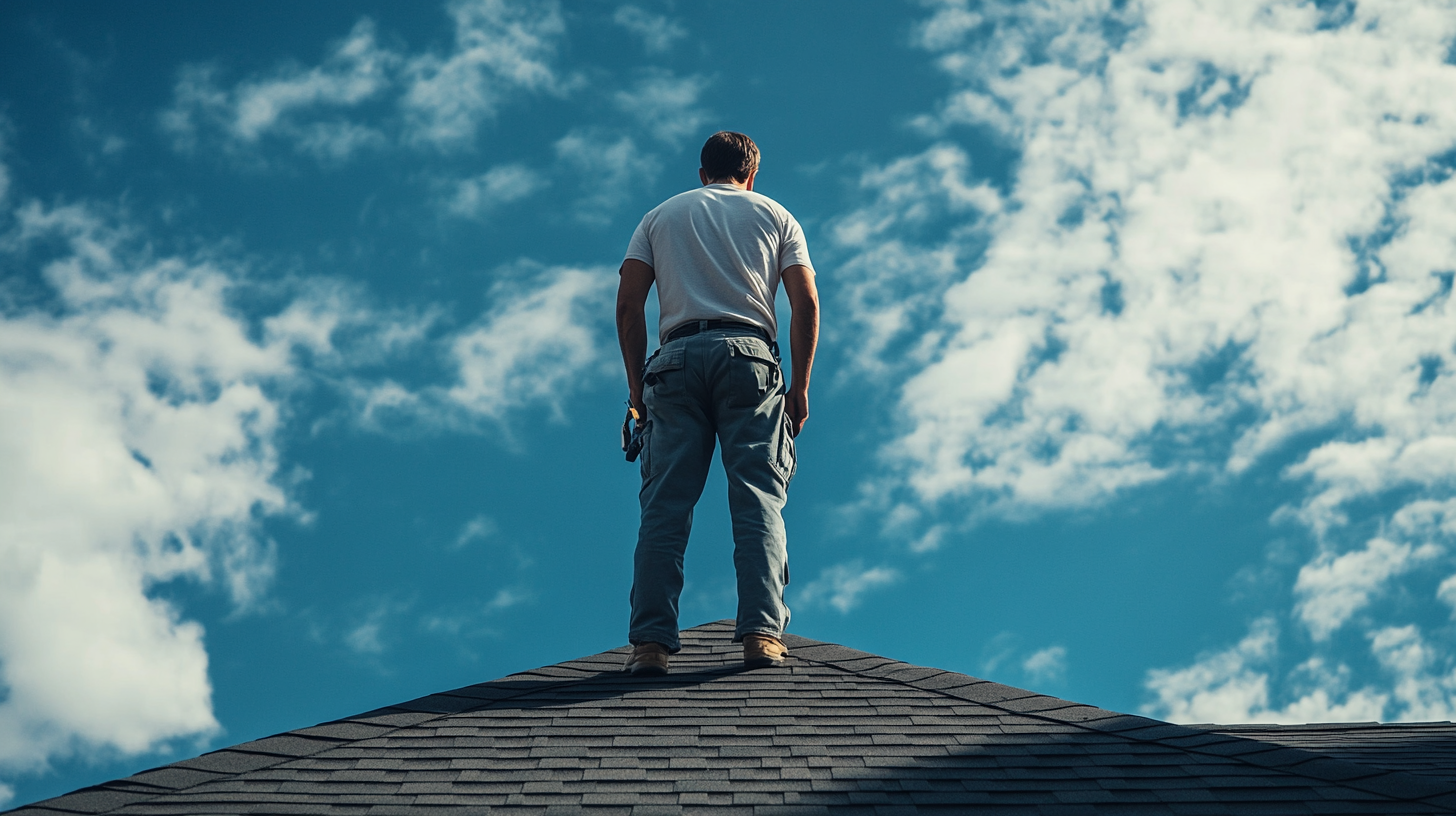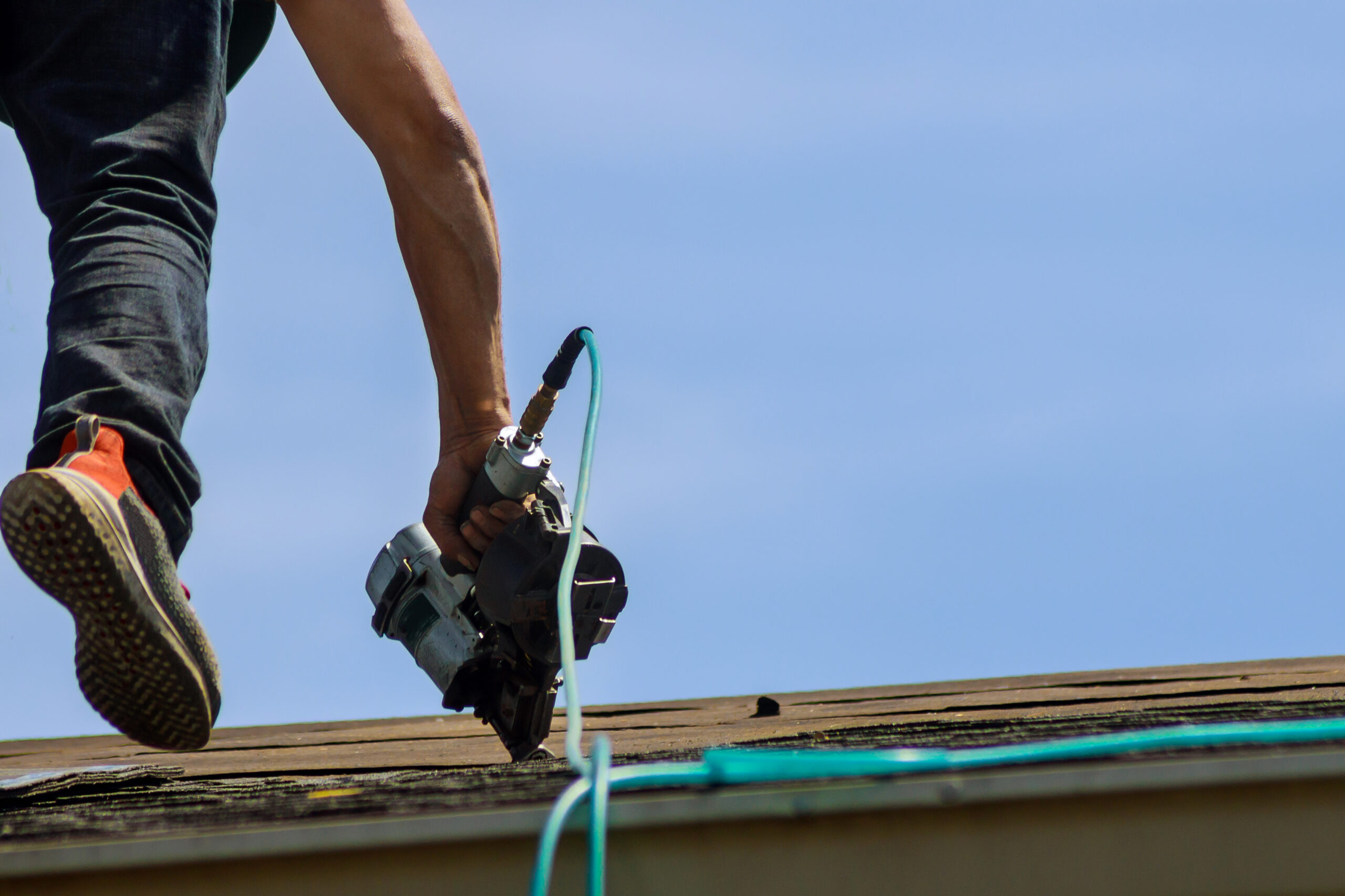Emergency Roof Repairs What to Do After a California Storm
4.5 Min Read
California is known for its sunny weather, but when storms hit, they can bring significant damage to homes, especially to roofs. Whether you’re dealing with heavy rains, strong winds, or even hail, it’s crucial to know how to manage emergency roof repairs. This guide will walk you through the steps to take following a storm to ensure your roof is repaired efficiently and effectively.
Assessing Roof Damage
The first step after a storm has passed is to assess the damage to your roof. Safety should be your top priority, so ensure the storm has fully cleared before venturing outside. Look for visible signs of damage such as missing shingles, broken tiles, or debris on the roof. From the ground, use binoculars to get a closer look if necessary.
What to Look For
- Missing or Damaged Shingles: Shingles can be torn off or damaged by high winds. Look for bare spots or shingles on the ground.
- Leaks or Water Stains: Inside your home, check for water stains on ceilings or walls, which could indicate a roof leak.
- Debris: Fallen branches or other debris can cause serious damage. Check for large debris that may have impacted your roof.
- Gutters and Downspouts: Ensure gutters and downspouts are still attached and not clogged, as this can lead to water backup and further damage.

Contacting Emergency Roofing Services
Once you’ve assessed the situation, it’s time to contact professional roofing services. Emergency roofing services are essential because they provide immediate solutions to prevent further damage.
Choosing the Right Service
- Local Experience: Look for contractors who are experienced in handling storm-related damage in California.
- Licensed and Insured: Ensure the roofing company is licensed and carries insurance to protect both you and their workers.
- Quick Response Time: In an emergency, time is of the essence. Choose a company known for its prompt response to emergencies.
What to Expect
When the roofing contractor arrives, they will conduct a thorough inspection of the roof and provide you with a detailed assessment. This will include the extent of the damage, the necessary repairs, and an estimated cost. They may also offer temporary solutions, like tarping, to prevent further damage until permanent repairs can be made.
Temporary Roof Repair Solutions
Sometimes, you may need to implement temporary repairs before professionals can perform a full repair. Here are some steps you can take:
- Tarping the Roof: Cover any large holes or missing shingles with a heavy-duty tarp. Secure it with roofing nails or sandbags to prevent it from blowing away.
- Seal Leaks: Use roofing cement or sealant to patch small leaks temporarily. This is only a short-term solution and should be followed up with professional repairs.
- Remove Debris: Safely remove any debris from the roof to prevent further damage or injury. Be cautious and avoid climbing on the roof if it’s not safe.
Filing an Insurance Claim
After a storm, filing an insurance claim can help cover the cost of repairs. Here’s how to navigate the process:
Steps to File a Claim
- Document the Damage: Take photos and notes of all damages before making any repairs. This documentation will be crucial for your insurance claim.
- Contact Your Insurance Company: Notify your insurer as soon as possible to start the claims process. They will guide you on the next steps and any documentation needed.
- Meet with an Adjuster: Your insurance company will likely send an adjuster to assess the damage. Be present during the inspection to ensure all damage is noted.
- Get Repair Estimates: Obtain estimates from multiple roofing contractors to ensure you receive fair compensation for repairs.
Tips for a Smooth Claim Process
- Keep All Receipts: Save receipts for any temporary repairs or tarps you purchase.
- Follow Up: Stay in contact with your insurance company and follow up regularly to ensure your claim is processed promptly.

Preventing Future Roof Damage
Once your roof is repaired, consider taking steps to prevent future damage. Regular maintenance and inspections can help catch potential issues before they become major problems.
Maintenance Tips
- Regular Inspections: Have your roof inspected twice a year and after major storms.
- Trim Overhanging Branches: Keep trees trimmed to prevent branches from falling on your roof during a storm.
- Clean Gutters: Ensure gutters are clean and free of debris to prevent water backup and damage.
- Install Impact-Resistant Shingles: Consider upgrading to impact-resistant shingles, which can withstand hail and high winds better than standard shingles.
Conclusion
Emergency roof repairs are an essential response to storm damage. By assessing the damage, contacting professional roofing services, and filing an insurance claim, you can ensure your roof is repaired efficiently. Additionally, by taking preventive measures, you can protect your home from future storm damage. Remember, safety first and always rely on professional services for major repairs. Keep this guide handy to navigate the next storm with confidence.
Contact Frontline Roofing for Your Emergency Roof Repairs
If you’ve experienced storm damage to your roof, don’t wait to get the help you need. Contact Frontline Roofing today for prompt and professional emergency roofing services. Our experienced team is ready to assess the damage and provide you with the best solutions to protect your home.
Get in Touch
Contact us today to schedule a consultation. Let us help you restore your roof and give you peace of mind after the storm!
continue reading
Related Posts
When it’s time to repair or replace your roof, one
When it comes to commercial and industrial roofing in California,
Your roof is your home’s first line of defense against






